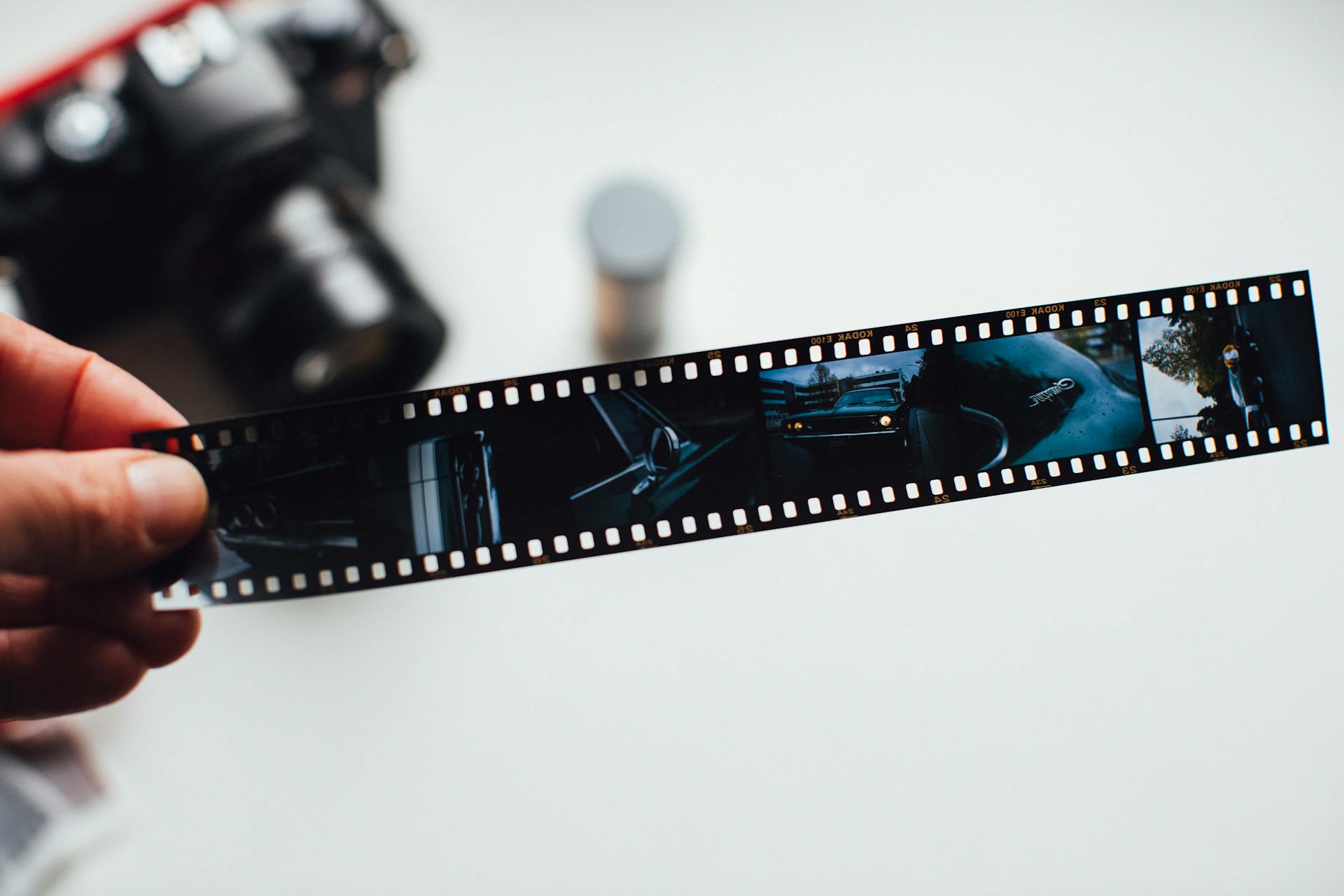What is Analytical Editing in Film?
One of the most common types of editing used in filmmaking today is analytical editing. Sometimes called analytical cutting. Analytical editing in film can be used to situate the viewer among a scene in the story. And then, through editing, break continuity of time and space to create an emotional impact. How exactly is analytical editing in film achieved and what’s the purpose?

What is Analytical Editing in Film?
Analytical editing in film is the most common form of narrative editing used in filmmaking today. It can be achieved in a variety of ways. But most commonly it involves starting the scene in a particular situation.
In which the viewer can examine the physical space through a long shot or similar view. Once the audience has oriented themselves and appears comfortable with the scene. A series of closer shots are edited in so as to help the audience “analyze” the space.
Think of any scene in a recent film you’ve watched. Generally, a scene opens with a long shot that captures the full essence of the scene. But which lacks close up detail of the surroundings. The audience gets a good idea of what they’re seeing.
But they don’t have a close up of the details within the scene. At least not until additional shots of the space are edited in to provide the view that the audience needs to analyze the area and make an assumption of what will happen or what to expect next.
Why is Analytical Editing in Film Common?
Analytical editing is one of the most common forms of editing. Because, although it breaks continuity, it does so in order to create separation between time and space to produce a strong emotional impact on the audience.
Analytical editing creates spatial and temporal clarity by effectively breaking the scene down into small, viewable parts in which the audience can then analyze the situation.
Analytical editing begins with an establishing shot followed by several close ups of the area. Generally, the frames that are edited into the scene are progressively tighter and more revealing.
In Summary
This is the most common style of editing seen in filmmaking across most forms of media, today. It’s used to draw attention while forming a cohesive narrative that the audience can connect with and understand.
Unlike constructive editing, analytical editing in film can be used to help the audience to understand the surroundings of the character and to analyze the scene.
Instead of using a master shot to represent the entire scene, analytical editing takes into account the fact that the scene cannot possibly be fully analyzed from a single establishing shot.
And thus, finer details are to be delivered through a series of editing close ups. Which give additional value to the storyline. This is why analytical editing in film is the most frequently used form of editing today.

